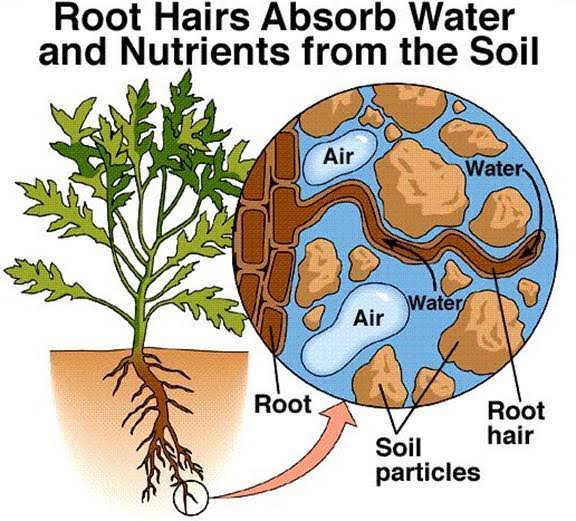- Books Name
- CBSE Class 7 Science Book
- Publication
- Param Publication
- Course
- CBSE Class 7
- Subject
- Science
ABSORPTION OF WATERBY SOIL
(i) It depends on size of soil particles. Greater the size of soil particles lesser will be its absorption rate.
(ii) Percentage of water absorption can be calculated by experiment.
Perform this activity with two types of soil, say sandy and clayey soil.
• Take two funnels (glass or plastic).
• Place the funnels over the conical flasks or beakers. Also, place a cone of filter paper inside each funnel.
• Now put 20 gm of dry sand in one funnel and 20 gm of dry clay in another.
• Pour 200 mL of water drop by drop in the soil in each funnel. Take care to pour water all over the soil.
You will observe that the water starts dropping in the conical flask or beaker.
• Leave the apparatus for some time till the water from the funnels stops dropping.
Note the amount of water collected in the conical flask or beaker.
Calculate the amount of water retained or absorbed by the soil as follows:
Weight of soil = 20 gm
Weight of water poured in each funnel = 200 ml
Amount of water collected in the flask/beaker = x mL
Amount of water retained or absorbed by 20 gm soil = (200 – x)mL

Absorption of water by soil

A combination of sand, silt, and clay particles, this soil absorbs water readily and is able to store it for use by plants. Loam absorbs water at a rate between ¼ and 2 inches per hour. Sandy Soil, because it has very large spaces, absorbs water at a rate of more than 2 inches per hour.

 Param Publication
Param Publication
 Grow Career Publication
Grow Career Publication
